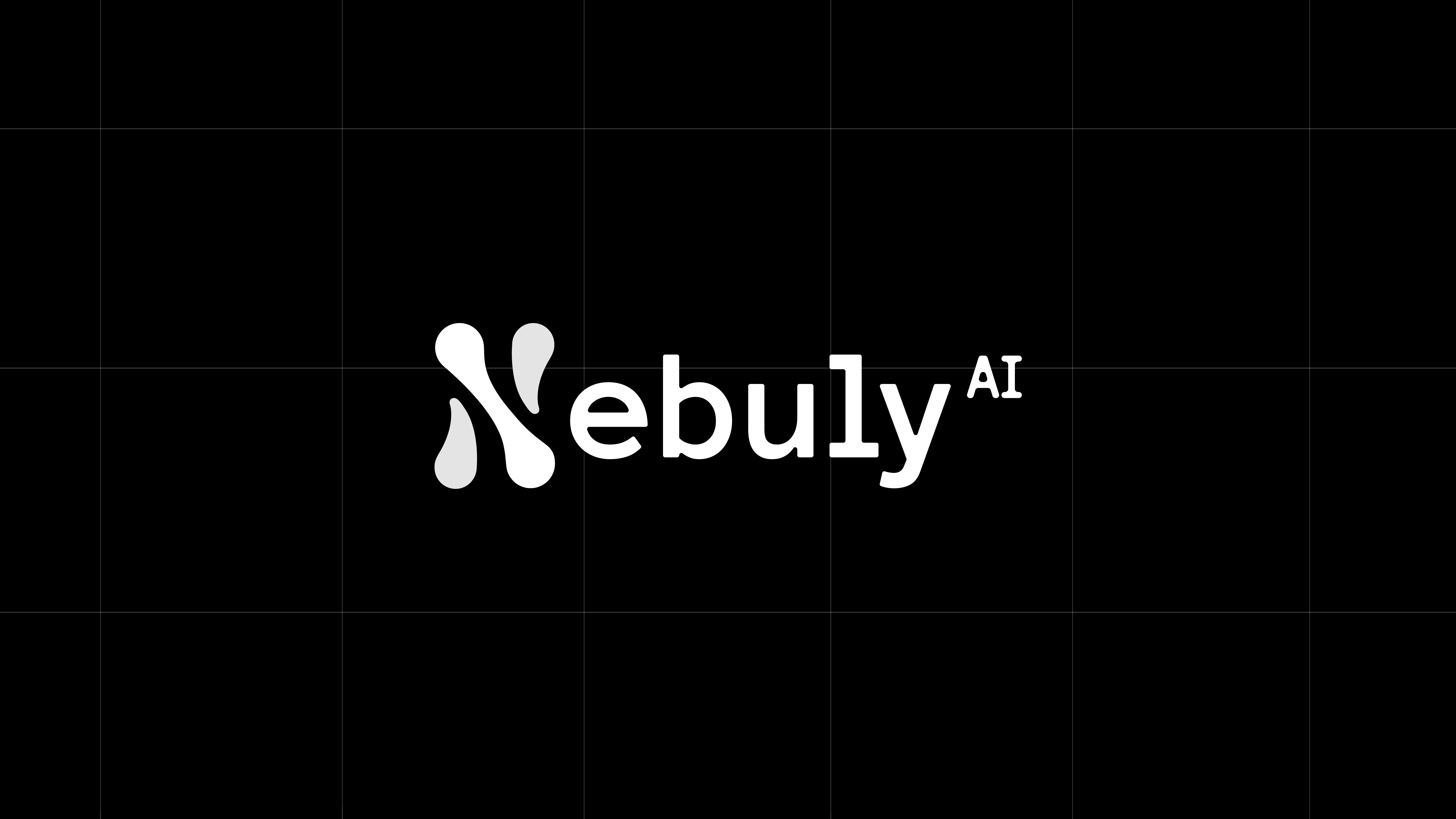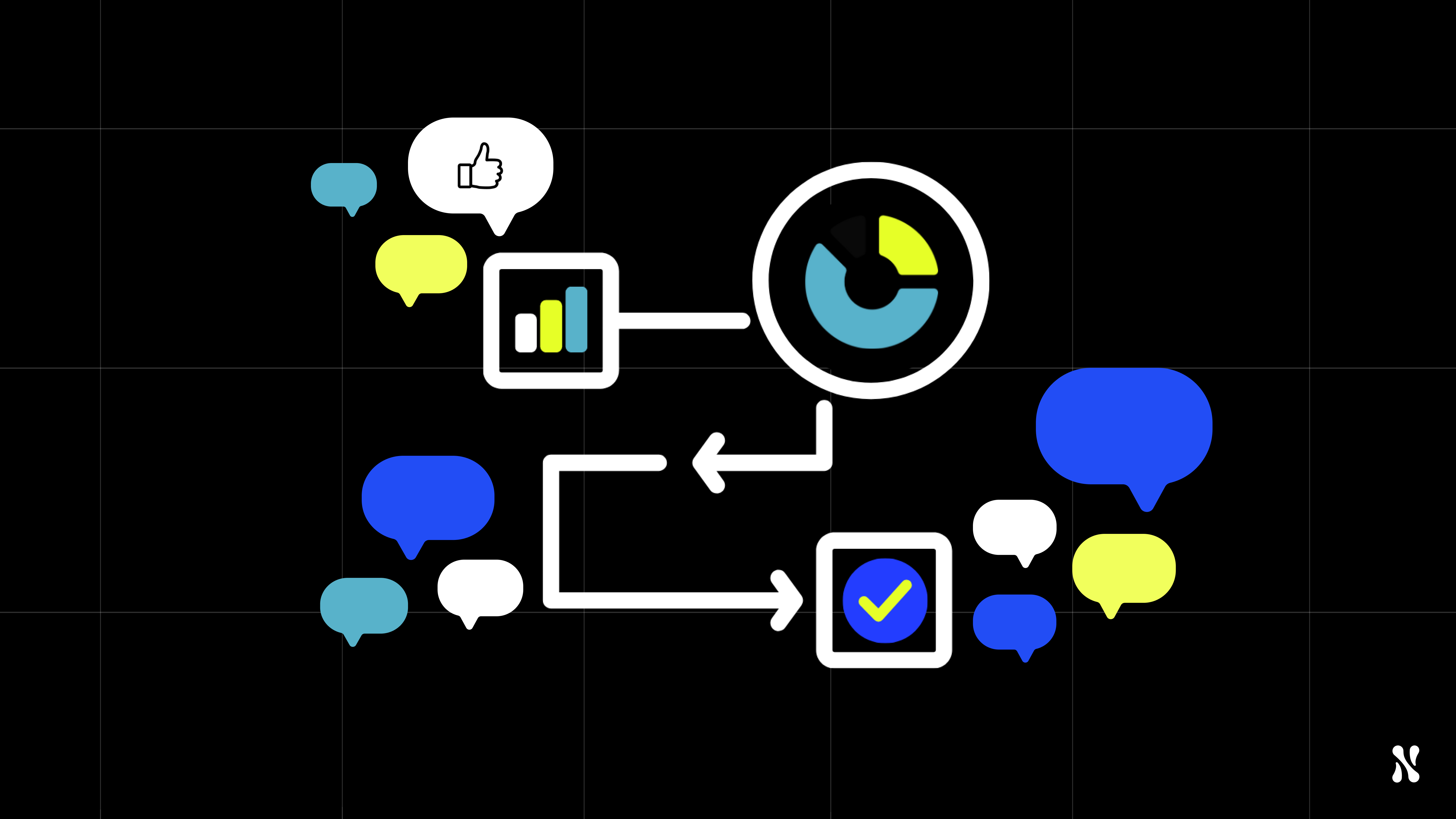As companies are investing more into AI and launching large language models (LLMs) applications into production, they are realizing the need for efficient management and deployment of models in production. This is where MLOps (Machine Learning Operations) comes into play. MLOps is a set of practices and tools designed to automate and streamline the end-to-end ML lifecycle, from model development to deployment and monitoring. In this blog post, we’ll explore the concept of MLOps, its importance, and dive into the critical aspect of model monitoring—focusing on ensuring a great user experience, especially with LLM-powered products.
What Is MLOps and Why Is It Important?
MLOps is the intersection of machine learning, software engineering, and DevOps principles, aiming to manage the development, deployment, and monitoring of ML models in a structured and scalable manner. The goal of MLOps is to ensure that ML models can be continuously integrated, tested, deployed, and monitored to deliver consistent performance and business value.
Key aspects of MLOps include:
- Model Versioning: Keeping track of different iterations of models to ensure that updates and improvements can be systematically managed and rolled out.
- Continuous Integration and Continuous Deployment (CI/CD): Automating the process of developing, testing, and deploying models to production, ensuring that updates can be made seamlessly without disrupting service.
- Collaboration Between Data Science and Operations: Breaking down silos between data science teams and IT operations to ensure smooth collaboration and model deployment.
- Scalability: Ensuring that models can scale efficiently as data grows or as more users engage with the system.
- Model Monitoring and Maintenance: Continuously tracking model performance to detect issues, such as data drift, concept drift, or performance degradation over time.
MLOps is crucial for delivering AI models that are not just accurate but reliable, scalable, and responsive to changing business needs. It enables teams to manage the complexity of machine learning in production environments, ensuring that models perform optimally throughout their lifecycle.
The Importance of Model Monitoring in MLOps
A key component of MLOps is model monitoring, which involves continuously tracking and evaluating the performance of machine learning models once they are deployed. Model monitoring helps ensure that models continue to deliver accurate predictions, detect errors early, and maintain their effectiveness over time.
Typically, model monitoring includes the following components:
- Performance Monitoring: This involves tracking key metrics such as accuracy, precision, recall, and other model-specific KPIs. It ensures that the model is performing as expected and meeting the business objectives.
- Data Drift and Concept Drift Detection: Over time, the data fed into the model can change, causing a drift in the model’s behavior. Data drift refers to changes in the input data, while concept drift refers to changes in the underlying relationships between the input data and the target variables. Monitoring for these drifts is critical for maintaining the relevance and accuracy of the model.
- Latency and Throughput Monitoring: For real-time applications, it’s essential to track how quickly the model responds to user inputs and how many requests it can handle efficiently.
- Model Resource Utilization: Monitoring resource usage (such as CPU, GPU, and memory) helps ensure the model runs efficiently without overburdening the system.
Model Monitoring and User Experience
When it comes to AI products, particularly those powered by LLMs, the user experience is at the heart of determining the model’s success. In addition to traditional performance metrics, monitoring the user experience becomes crucial, as it directly impacts how users perceive the value of the product.
To effectively monitor user experience and satisfaction in an LLM-powered product, model monitoring must go beyond accuracy and resource usage, incorporating the following elements:
- User Satisfaction Tracking: This involves capturing metrics such as how often users return to the product, how long they engage with it, and how satisfied they are with the LLM’s responses. If users consistently express frustration, confusion, or dissatisfaction, it signals that the model’s outputs need improvement.
- Sentiment Analysis and Emotional Cues: Monitoring the sentiment in user interactions can help detect when users are frustrated or dissatisfied with the LLM’s responses. Tracking emotional cues provides valuable insight into whether the product is delivering a positive user experience.
- Conversation Flow and Topic Analysis: In LLM-powered products, it's important to understand how users navigate conversations. Monitoring the flow of user queries and how well the model addresses the topics they’re most interested in helps optimize both model performance and user satisfaction.
- Engagement vs. Frustration Metrics: By detecting signs of disengagement or repeated queries, teams can pinpoint when users are not getting the value they expect from the product. Addressing these points improves retention and enhances the overall user experience.
Taking the Users Perspective to MLOps and Model Monitoring
Nebuly is an advanced platform designed to support teams in implementing MLOps and model monitoring with a focus on user experience and satisfaction. Nebuly's solution helps product teams track user-centric model performance metrics that relate to satisfaction and engagement.
Nebuly helps in several key areas:
- User Experience Metrics: With Nebuly, product teams can easily monitor user sentiment, emotional cues, and engagement patterns, providing insights into how users perceive the product and whether they are satisfied with the interactions.
- Actionable Insights: Nebuly delivers actionable insights on how to improve user satisfaction, making it easier to iterate on LLM models, refine responses, and optimize the user experience.
- A/B testing: Beyond monitoring, Nebuly provides end-to-end support for the entire feedback loop to improve your LLM-powered product. From insights, to running experiments, by A/B testing system prompts, different LLMs or RAG sources, ensuring that your product keeps improving.
By incorporating Nebuly into your MLOps strategy, you can ensure that your LLM-powered products deliver the best possible user experience throughout their lifecycle. If you'd like to learn more about Nebuly please request a demo here.






